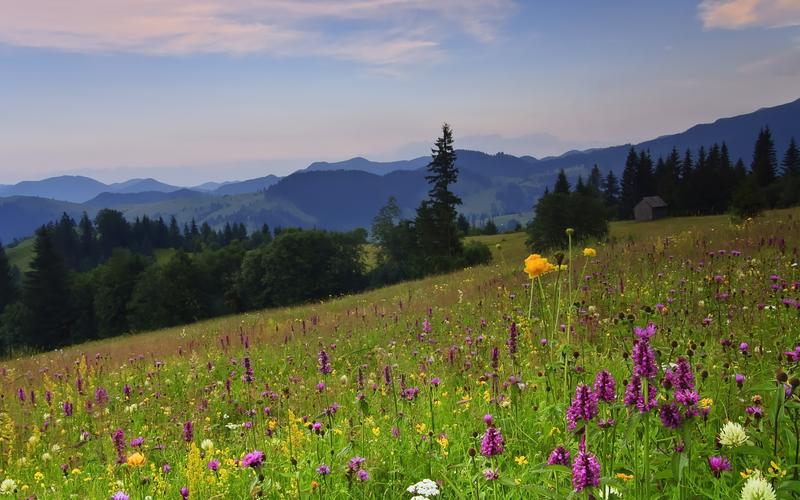Architecture is an inextricable part of any culture or society. Every corner of the world boasts of a unique architectural style that reflects the values, beliefs, and traditions of its people. These styles have evolved over centuries and carry with them the cultural heritage and identity of the region they belong to. One such example is traditional architecture.
Traditional architecture is a reflection of the heritage and identity of a community, reflecting its social, cultural, and environmental context. It is built in compliance with local building materials, techniques, and designs that have been passed down from generation to generation.
The use of local materials, such as wood, stones, and mud, is a common feature of traditional architecture. These materials not only blend well with the surroundings but also help create an eco-friendly structure. The design of traditional buildings is also heavily influenced by the climatic conditions of the region. For instance, houses in regions with hot and dry climates often have flat roofs to provide shade and keep the interiors cool.
Apart from their functional aspects, traditional buildings often feature intricate decorative elements that showcase the virtuosity of local artisans. From ornate carvings to vibrant murals, these features serve as a testimony to the skills of the craftsmen and their attention to detail.
Traditional architecture, therefore, is not just a visual delight but also an important symbol of the identity and heritage of a place. It serves as a reminder of the community’s past, its social and cultural values, and its relationship with the environment.
However, with the advent of modern technology and materials, traditional architecture is increasingly being replaced by more contemporary designs. While there is nothing wrong with embracing new technologies and techniques, it is important to remember the significance of traditional architecture and the role it plays in preserving cultural heritage.
In conclusion, traditional architecture is more than just a style of construction. It is a reflection of a community’s identity, values, and heritage. By preserving traditional architecture, we not only celebrate our past but also pave the way for a sustainable future.
(Note: Do you have knowledge or insights to share? Unlock new opportunities and expand your reach by joining our authors team. Click Registration to join us and share your expertise with our readers.)
Speech tips:
Please note that any statements involving politics will not be approved.
